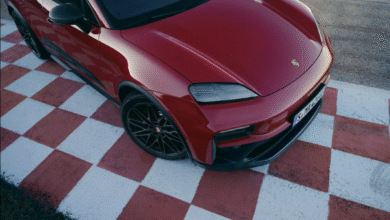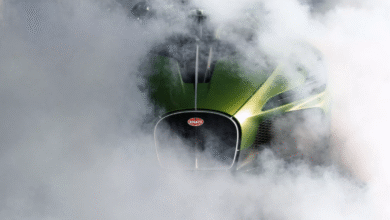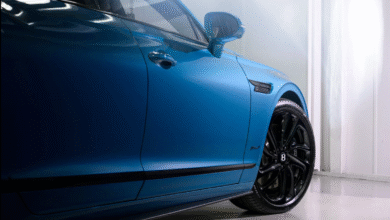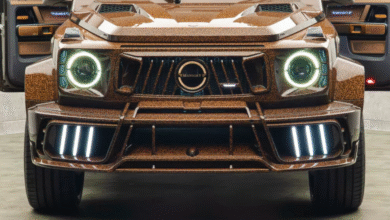Lamborghini Is Teaching Cars to Read Your Driving Style With AI
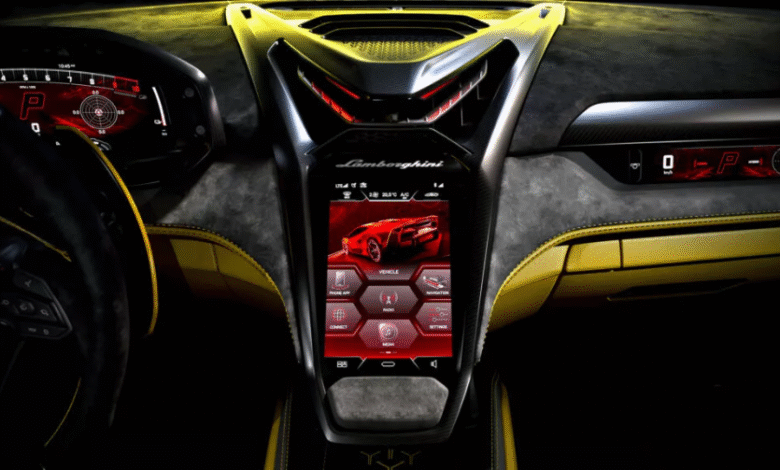
The future of high-performance driving is no longer just about raw horsepower or electrification—it’s about intelligence. Lamborghini is taking a bold step into this new era by exploring artificial intelligence (AI) technologies that could completely redefine the relationship between driver and machine.
According to Lamborghini CTO Rouven Mohr, the company is already testing machine learning systems designed to manage torque distribution dynamically. These systems adapt in real time based not only on road conditions but also on the individual driving style of the person behind the wheel.
For example, the AI can loosen electronic safety nets when it detects a skilled driver, allowing for a more engaging, track-like experience. Conversely, it can tighten control for less experienced drivers, ensuring stability and confidence.
Cars That Learn From You
Mohr explained that the system continuously analyzes driver input. “If the algorithm recognizes that, in every corner, the driver uses too much steering angle, it will compensate by reducing understeer,” he said in an interview with The Drive. With future steer-by-wire technology, the car could automatically adjust steering input, effectively teaching drivers better control while minimizing errors.
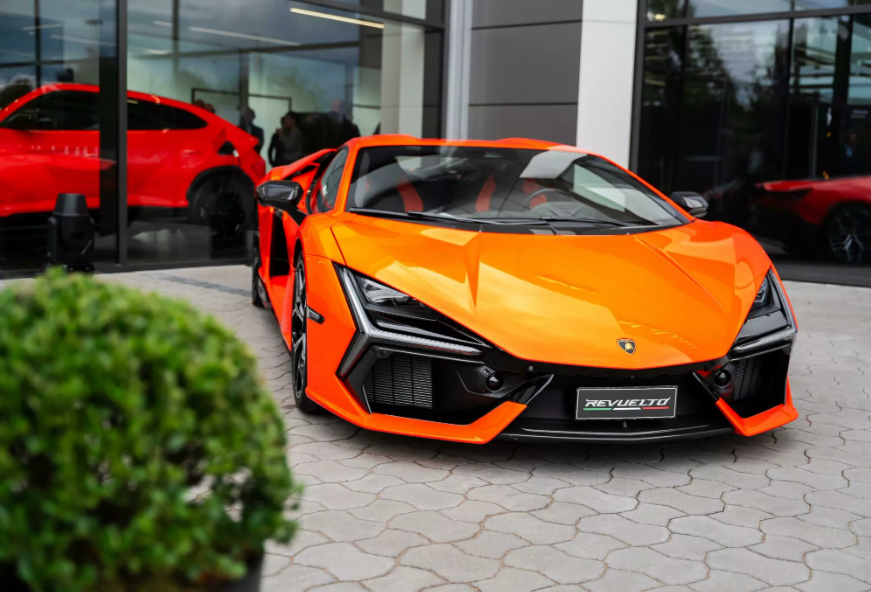
But the innovation doesn’t stop there. Lamborghini envisions an AI capable of detecting a driver’s mood or intent. If the system senses that a driver wants to have fun—perhaps pushing the car into controlled slides—the AI could allow greater slip angles, giving enthusiasts a taste of controlled oversteer without losing safety.
The 6D Sensor Revolution
This cutting-edge development is made possible thanks to Lamborghini’s 6D sensor, first introduced in the limited-run Fenomeno. Unlike traditional systems, this sensor captures six axes of motion—pitch, roll, yaw, and three-dimensional movement. It’s similar to the high-precision IMUs used in racing motorcycles, enabling unprecedented accuracy in real-time vehicle dynamics.
Mohr emphasized that with such precision, engineers can “narrow the gap between mechanical grip and electronic control.” This means Lamborghini cars could soon react to body movements with surgical accuracy, bridging the line between human instinct and machine intelligence.
The Door to the Future
While still in the experimental phase, Lamborghini sees AI-driven control as a door opener for the next generation of supercars. Beyond improving performance and safety, these systems promise to make driving more personal, intuitive, and thrilling.
In an industry racing toward electrification and autonomy, Lamborghini’s approach shows that the soul of driving may not only survive but also evolve—powered by AI.

